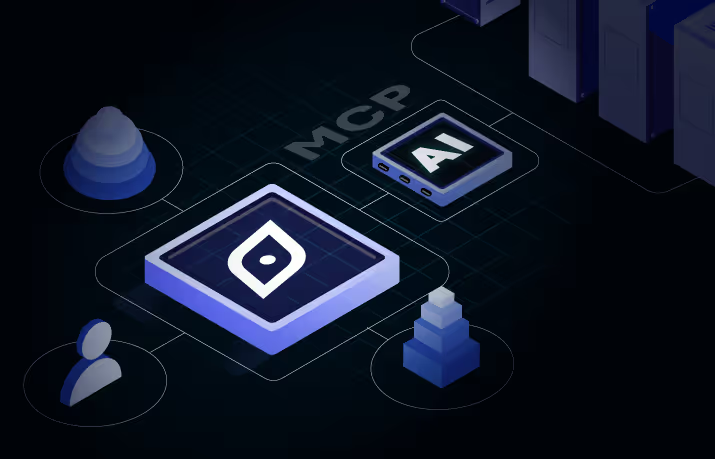AI-Driven Talent Insights for Cost Modeling: A Game-Changer for Global Workforce Planning
AI-driven insights are streamlining global workforce planning with detailed insights across the entire enterprise talent lifecycle—identifying, recruiting, onboarding, training, and deploying.
AI-driven talent platforms enable workforce planning teams to quickly shortlist candidates based on geography, demography, roles, experience level, capabilities, and more, and then tailor their hiring strategies.
These AI-driven Talent Intelligence platforms provide workforce planning teams with data-driven dashboards, offering insights that help design cost structures.
These platforms enable workforce planning teams to account for critical variables such as training time, productivity ramp-up periods, and regional cost of living, ensuring more informed and strategic decision-making.
This capability helps workforce planning teams avoid cost overruns, project delays, and talent mismatches, leading to optimized budgets, strategic enterprise workforce expansion decisions, and agility in meeting evolving business goals.
Strategic Workforce Planning with AI-Driven Cost Modeling
AI-driven cost modeling offers precise insights into talent costs, facilitating more informed decision-making.
Part 1: Identifying, recruiting, and onboarding
Data-driven insights enable workforce planning teams make informed decisions into identifying, recruiting, and onboarding talent.
- Talent base-pay analysis
AI-driven platforms provide accurate base pay estimates by analyzing data sources like industry compensation standards, regional economic conditions, and market demand for skills.
This enables workforce planning teams to benchmark salaries and ensure competitive, market-aligned compensation.
- Role of experience level and skillsets
AI clusters job titles based on skills and seniority, helping workforce planning teams understand compensation across job clusters and levels.
For example, a mid-level software engineer in Europe might command a different salary than one in the U.S. due to varying market demand and local cost factors.
These insights help workforce planning teams avoid under- and over-paying talent.
- Competitive benchmarking
AI-driven talent platforms analyze compensation trends for similar roles across various regions, allowing workforce planning teams to gauge compensation trends and adjust their offerings to remain competitive.
- Location-based cost analysis
The AI enables workforce planning teams to identify hiring costs across locations, factoring in the cost of living, regional economic conditions, and talent availability. This enables workforce planning teams to identify cost-effective locations to acquire skilled talent.
For instance, an analysis may reveal that establishing a tech hub in Eastern Europe offers high-quality talent at a fraction of the cost compared to a major U.S. city.
Part 2: Training and deployment
AI-enabled workforce intelligence provides insights into training duration and deployment costs, enabling workforce planning teams to optimize budgets and resource allocation.
- Training and reskilling duration
AI analyzes the time required for training new hires and reskilling existing employees with specific skills required for a role, helping workforce planning teams align training programs with workforce needs.
- Ecosystem insights
AI platforms help highlight talent hotspots and the cost of living in those regions, aiding workforce planning teams in identifying locations that cost-effectively align with talent acquisition goals.
Strategic hiring decisions with cost insight analysis: A case study
A Fortune-100 technology company faced challenges expanding its US facilities due to a lack of insights into talent availability and median pay for niche skills at their target locations.
Utilizing Draup’s AI-driven Talent Copilot, the company gained actionable insights into:
- 8 key job families with median base pay analysis.
- Optimal locations for expansion based on skill availability.
This helped the company expand beyond the known hotspots, improving talent acquisition efforts and optimizing costs.
Draup’s AI-driven Talent Copilot has assisted companies like Pepsico, Randstad, Vodafone, Paypal, Pfizer, and Intuit to understand talent distribution, compensation trends, and cost-effective locations for workforce planning.
Request a demo and enhance your talent acquisition strategy!






.svg)




.svg)
